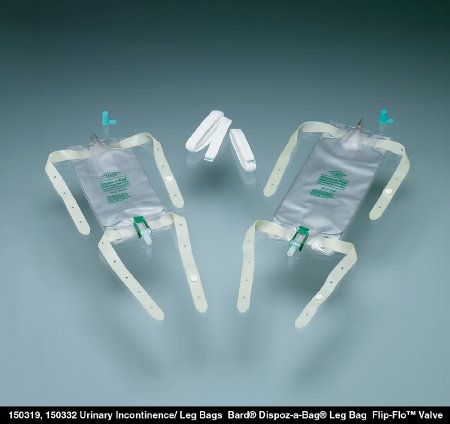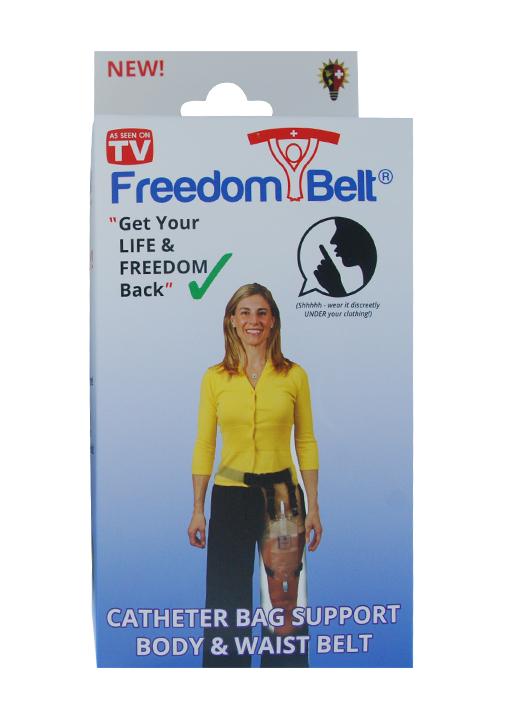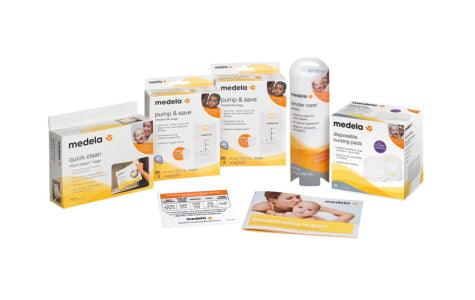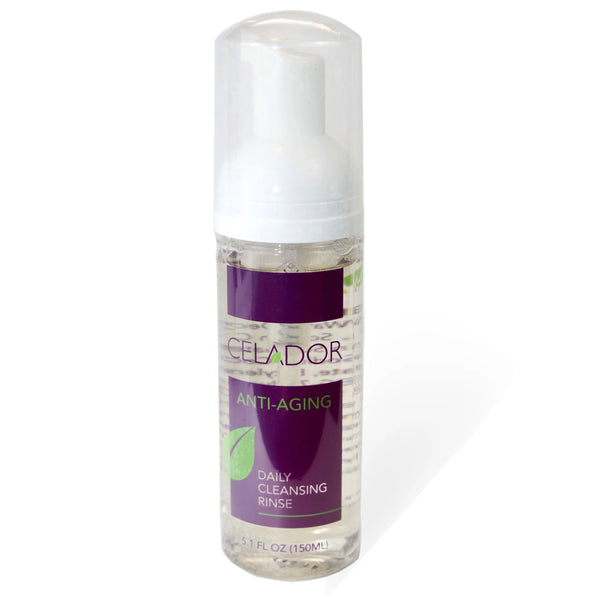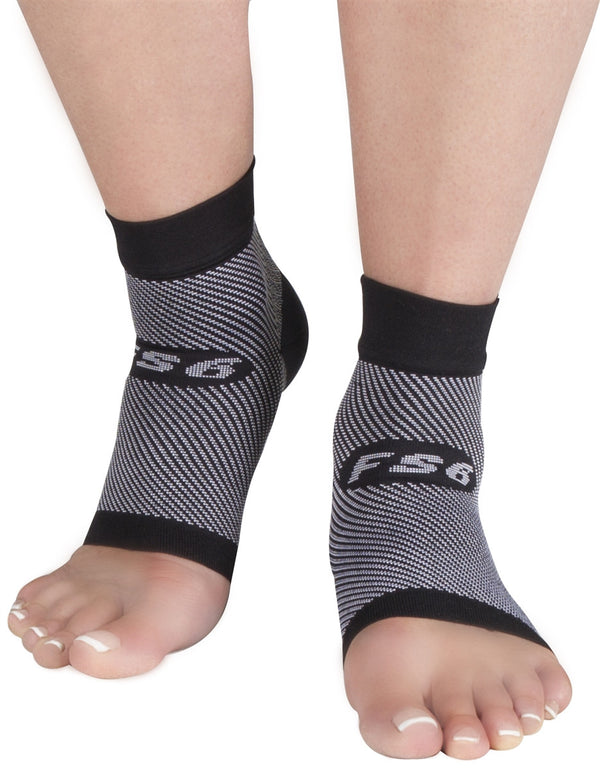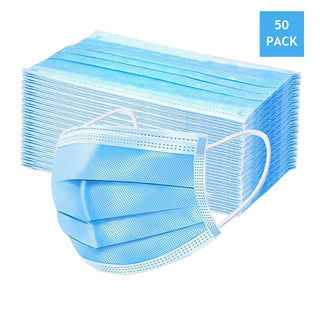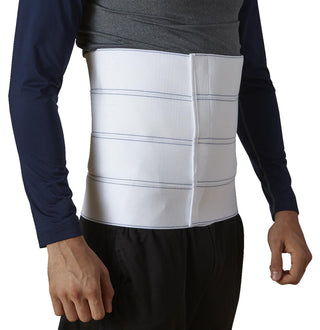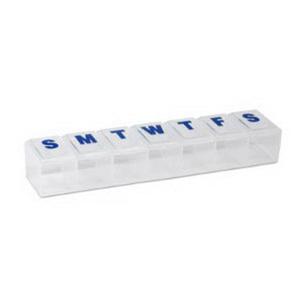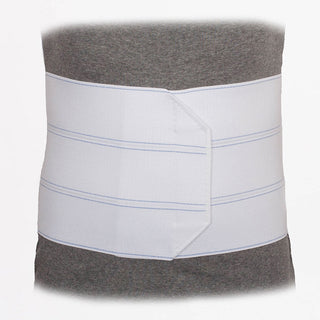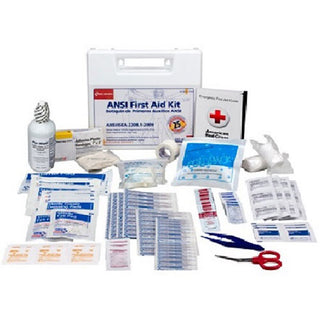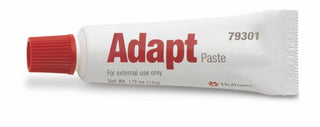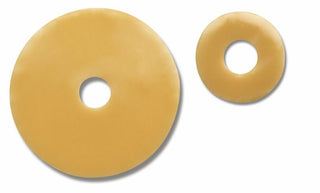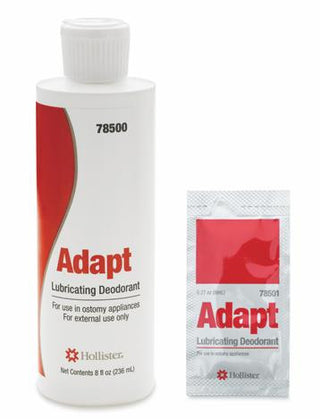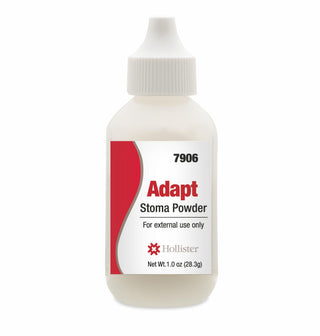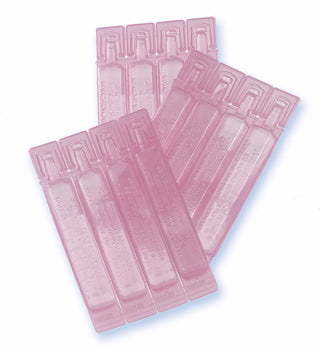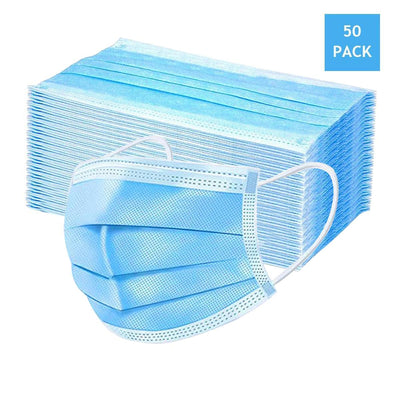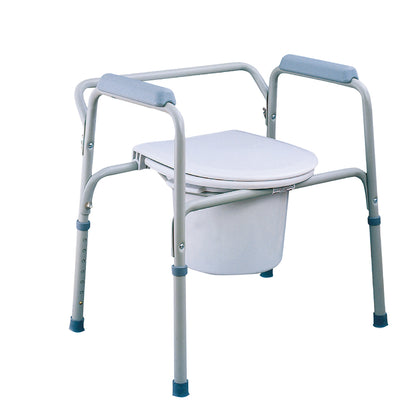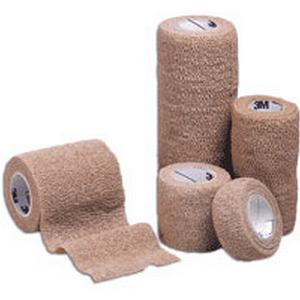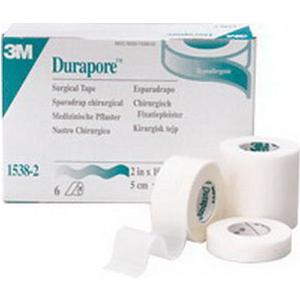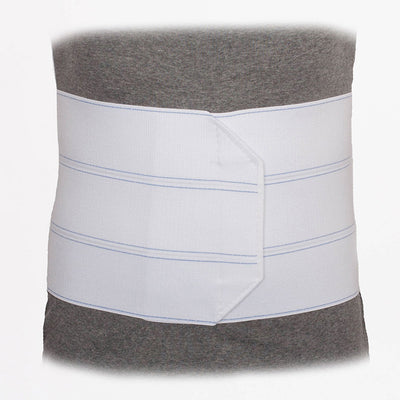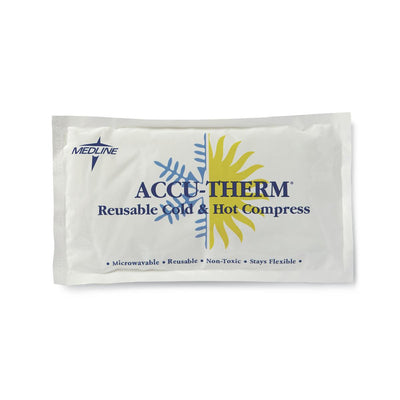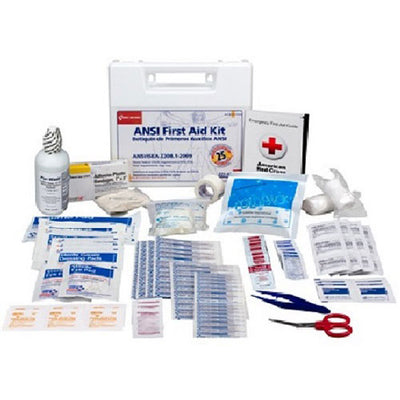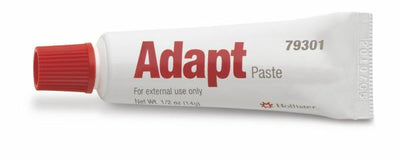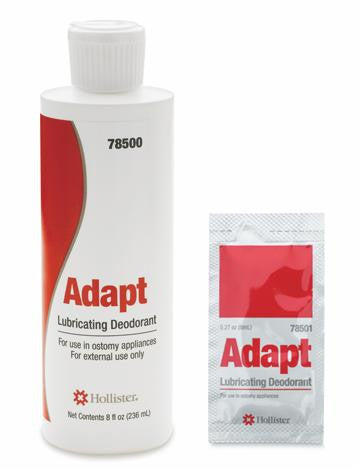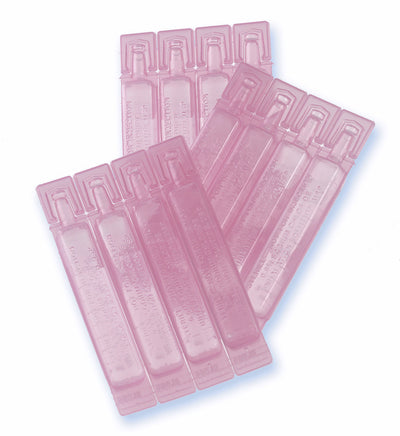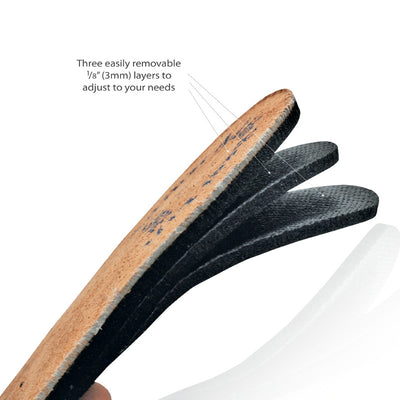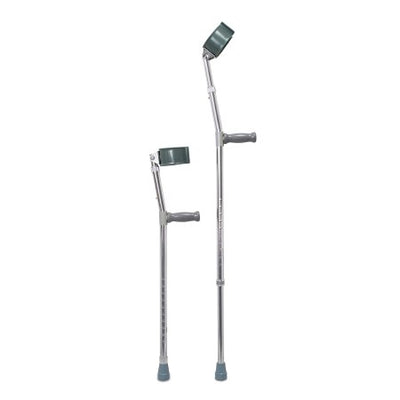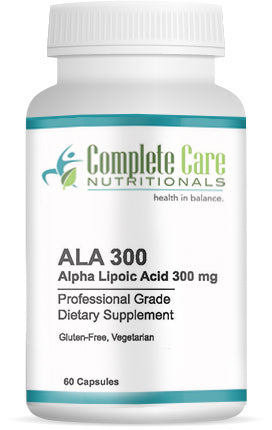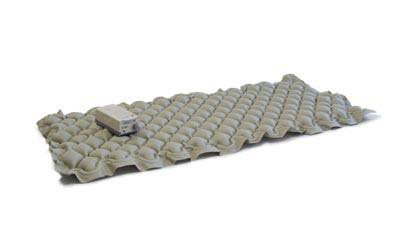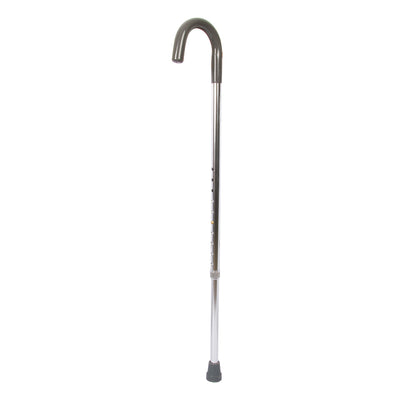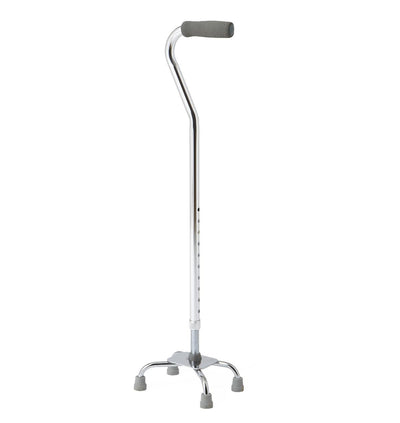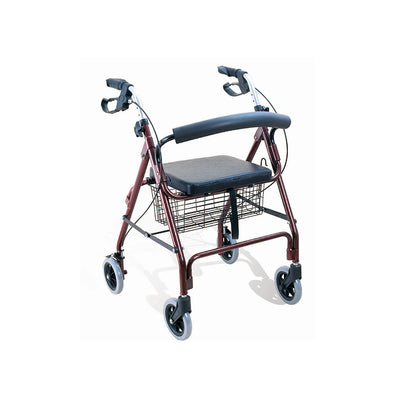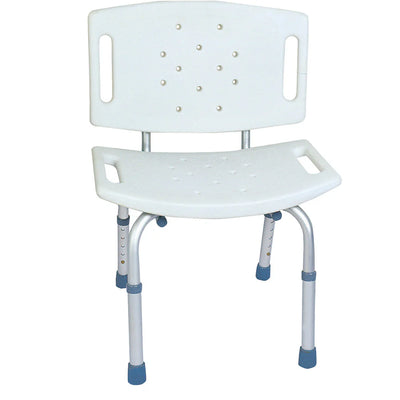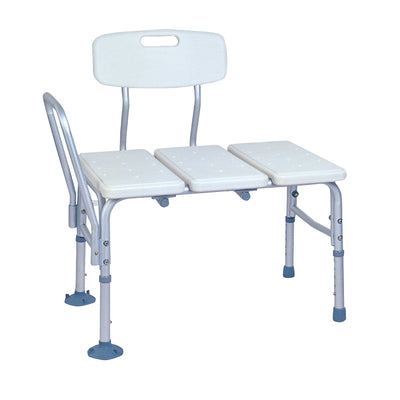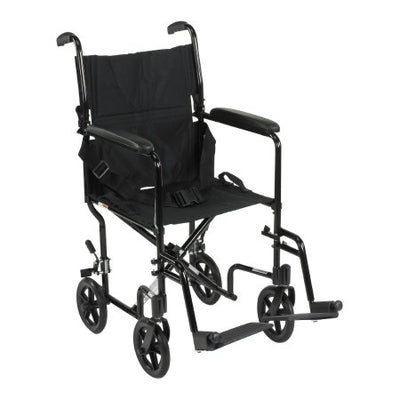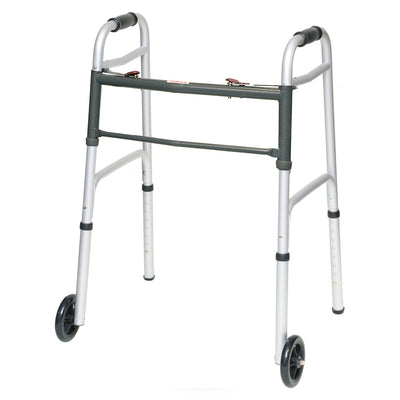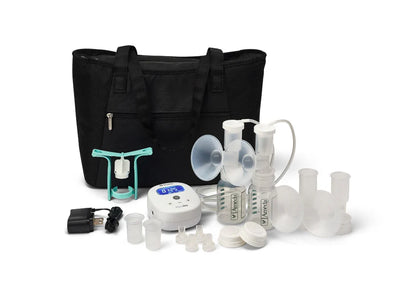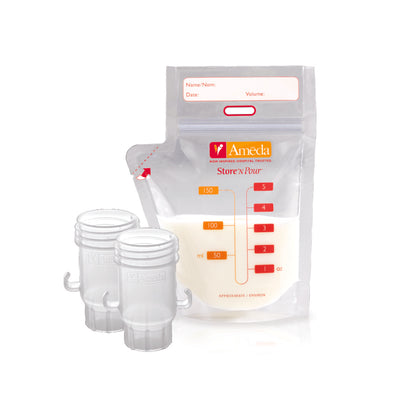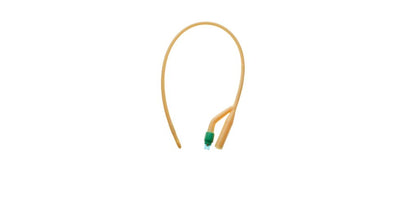-
Avoid irritation
Many women experience urethral irritation with their catheters. You'll need to wash with water and a mild douche or unscented soap at least once per day. Securing your catheter to your leg with tape can also reduce irritation. Any movement will pull the tape, rather than the bladder and urethra. If you have catheter leg bag extension tubing, make sure that this is also secure to minimize tugging. -
Empty and clean your drain bags
You need to clean your leg bags on a daily basis with warm water and either soap or a vinegar mixture (to reduce odor). You'll also need to replace your bags regularly. Ask your doctor whether this should be done on a weekly or bi-weekly basis. To empty your drain bags, you should hold the bag over the toilet or container. Many bags have easy one-handed drainage to make this process easier. Make sure not to let your catheter plug or any part of the catheter leg bag extension tubing come into contact with the toilet surface. -
Drink water
Blockage can be a concern. If you don't experience urine flow for over an hour but still feel the need to urinate, there may be blockage in the tube. To help avoid blockage, you need to drink plenty of water. Your doctor can give you a definitive idea of how much you should be drinking, but typically, patients should drink four to eight ounces of water every hour. -
Watch for bleeding
While small amounts of blood may be entirely normal, you need to watch for sufficient bleeding. You should check both in your drain bag and around the catheter site. If you see redness or drainage around the insertion area, notice bloody or cloudy urine, or have a fever, contact your physician immediately.
Urinary Catheter Care For Women
← Older Post Newer Post →








